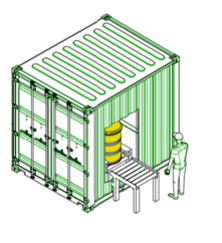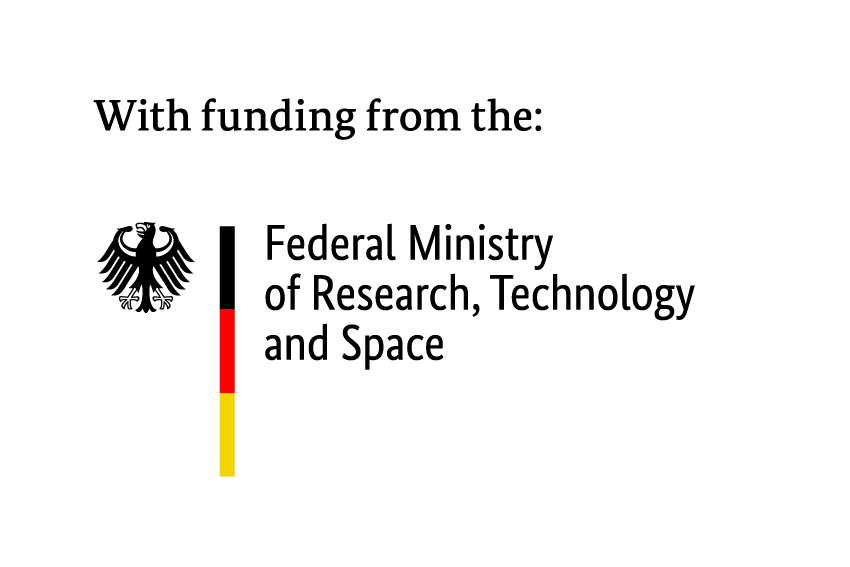Automated non-destructive internal corrosion detection on radioactive drums (ZIKA)
- Contact:
- Funding:
Federal Ministry of Research, Technology and Space
- Partner:
Bundesanstalt für Materialforschung und -prüfung (BAM)
Kraftanlagen Heidelberg GmbH (KAH)
Zentralstelle für radioaktiven Abfall (ZRA)
- Startdate:
01.09.2023
- Enddate:
31.08.2026
The overall goal of the ZIKA research application is to automatically detect internal corrosion on radioactive drums using non-destructive testing (NDT). These newly gained findings are combined with the previous research results of the predecessor project EMOS, which dealt with external damage effects on the drums. In this way, internal corrosion and possible internal sources of damage can be identified before they become a safety-relevant problem. So far, internal corrosion could only be detected when, for example, blisters formed on the paintwork of the drum or external changes to the surface. However, if internal damage can already be seen from the outside, the integrity of the damaged drum is no longer given, which has serious consequences. Therefore, early detection of integrity failure is of particular importance for interim storage facilities with low-level and intermediate-level radioactive waste packages.
The ZIKA research project can be divided into three main areas: non-destructive testing methods, construction of the demonstrator and achieving practical feasibility.
The implementation of the project is planned in a group of four: The Karlsruhe Institute for Technology and Management in Construction (KIT-TMB) - Department of Dismantling of Conventional and Nuclear Structures, the Federal Institute for Materials Research and Testing (BAM), Kraftanlagen Heidelberg GmbH (KAH) and the state collection point Berlin (ZRA) as a cost-neutral project partner.
The focus of the work at the KIT-TMB is the overall design and construction of the inspection unit, the experimental implementation and the assembly of the components. This will be followed by a practical test series with a demonstrator. The inspection unit is designed so that it can be removed after use in an inspection area.


